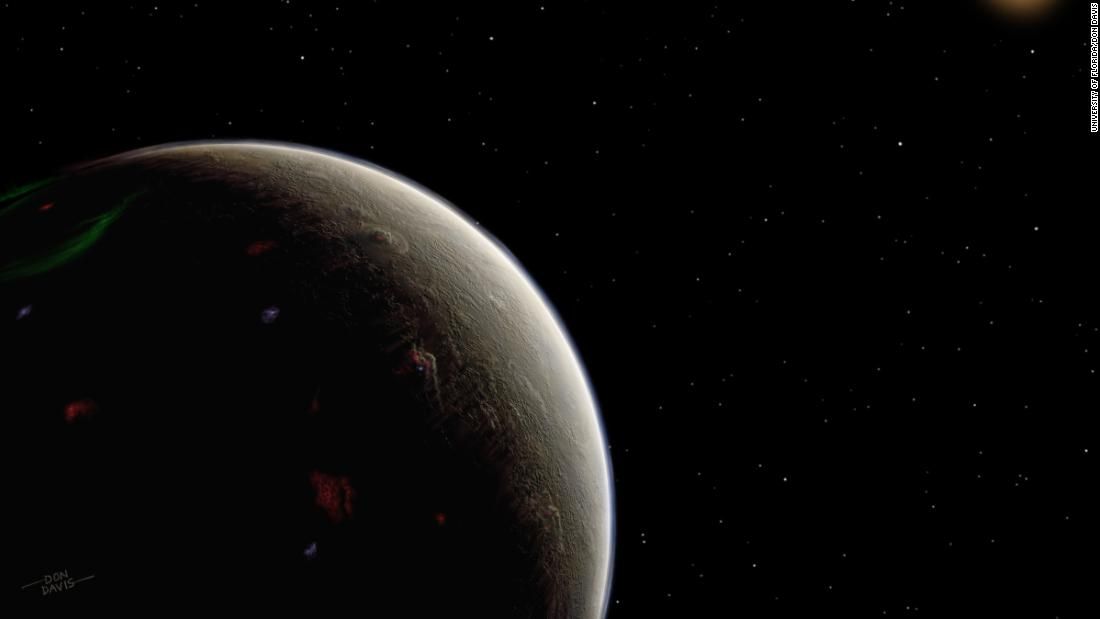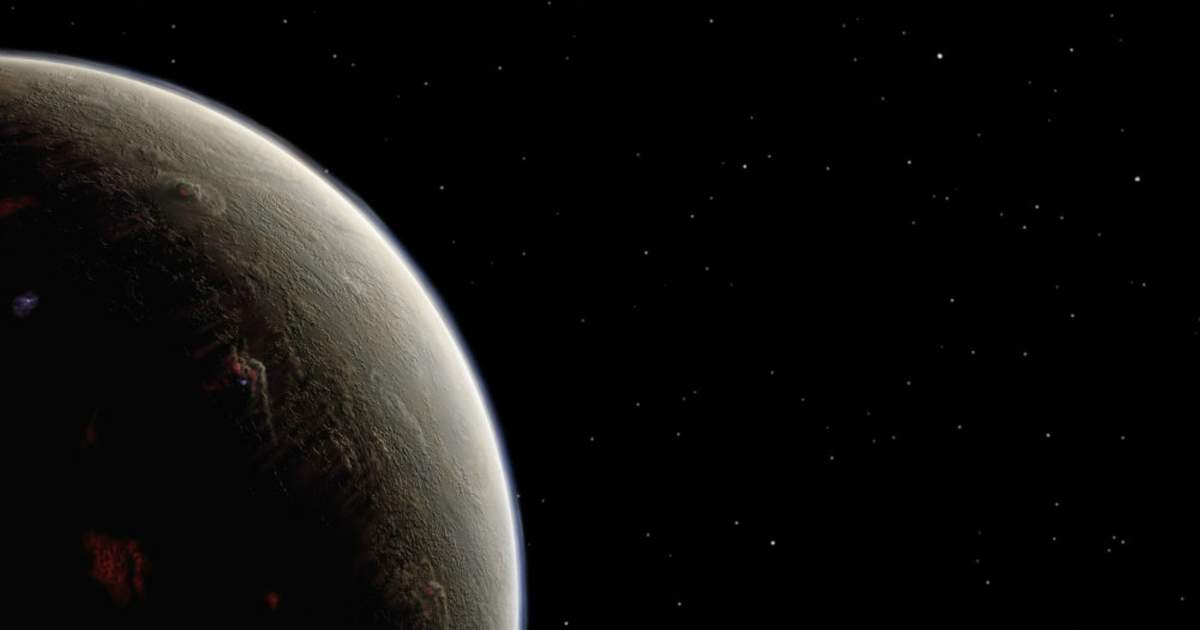JAXA announced Saturday (Sept. 22) that two tiny hoppers had made it safely onto the surface of the asteroid Ryugu.


Coverage of the launch of NASA ICE’s #ICESat2, set for liftoff no earlier than Saturday, September 15 at 8:46 a.m. EDT! Join us as we embark on a mission to use lasers to measure the changing height of Earth’s ice:
Join us at 1 p.m. EDT on Wednesday, Sept. 19, as our experts discuss humanity’s farthest planetary flyby that is coming up on Jan. 1, 2019 of the mysterious object nicknamed “Ultima Thule”. The encounter will occur approximately 4 billion miles from Earth complementing the discoveries still coming from the mission’s epic July 2015 flight through the Pluto system.
The United States uses more energy for HVAC than Africa uses for all of their energy needs.
The starry night sky seems remarkably distant from the topic of air conditioning, but it’s revolutionizing the field in quite an unexpected way. In this episode of “The Spark,” watch how scientists from across the globe are harnessing natural phenomena to drastically redesign this century-old technology.
Featured in this episode:
Dr. Ernest (Kian Jon) Chua.
National University of Singapore
http://me.nus.edu.sg/staff.php?id=2164
SkyCool Systems

Do you think NASA needs a new logo?
Michael D. Shaw is a biochemist and freelance writer. A graduate of the University of California, Los Angeles, and a protégé of the late Willard Libby, winner of the 1960 Nobel Prize in chemistry, Shaw also did postgraduate work at MIT. Based in Virginia, he covers technology, health care and entrepreneurship, among other issues.
NASA’s logo needs a refresh. The agency’s official logo, the 59-year-old “meatball insignia,” features a sphere to represent a planet, stars to represent space and a red chevron or “wing” to represent aeronautics, with white N-A-S-A lettering in the center. This logo looks like it belongs in a museum, commemorating the past, not celebrating the future. As NASA celebrates its 60th anniversary this year, this seems like a good time for the agency to update its antiquated logo.

A planet has been found right where the creator of “Star Trek” and three astronomers thought Vulcan would be.
(CNN)Maybe the final frontier isn’t so far out of reach. Astronomers have found an exoplanet reminiscent of the planet Vulcan from “Star Trek,” orbiting a star in a system only 16 light-years from Earth.


Astrophysicists just found a planet orbiting the star HD 26965, 16 light years away from Earth. Finding exoplanets is always fun, and the fact that this one is in the star’s habitable zone (where liquid water could exist on its surface) is a bonus. But that’s not why people are particularly psyched about the announcement.
See, HD 26965 also goes by 40 Eridani A—the star orbited by Spock’s homeworld in Star Trek. That means they found Vulcan. Ok, fine, they found a real-world analog to a completely fictional world, but you can’t blame Star Trek fans for being excited.
